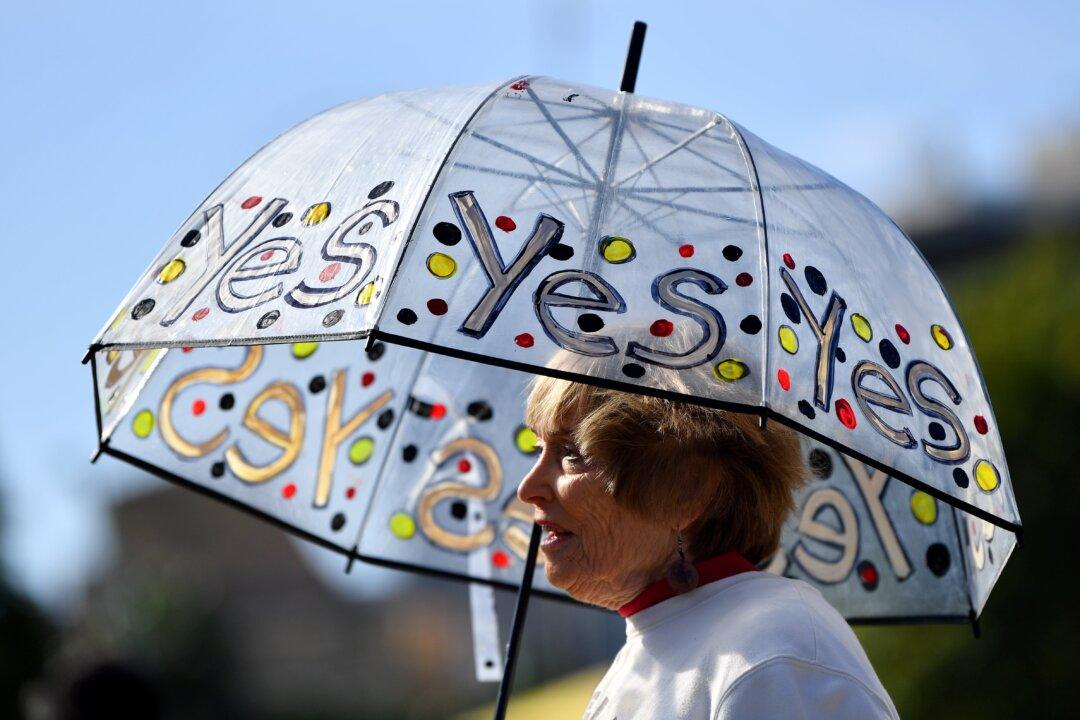Commentary
For the past week, the Australian Parliament has been engrossed in a debate about what material constitutes the Uluru Statement from the Heart, the document upon which the proposed “Voice to Parliament” is based.

For the past week, the Australian Parliament has been engrossed in a debate about what material constitutes the Uluru Statement from the Heart, the document upon which the proposed “Voice to Parliament” is based.